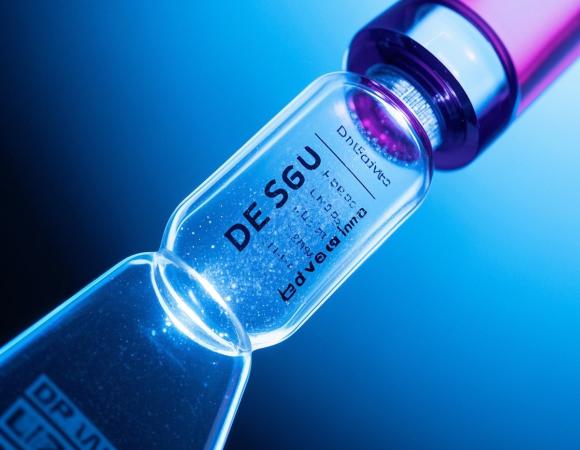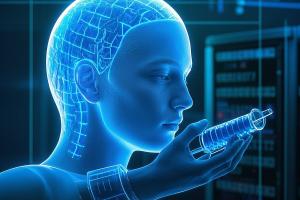- R&D
- Clinical Diagnosis
- News
- Company
QuickBiology News
News Center
Here are relevant industry news and updates on our company
Explore ethical challenges in NGS data interpretation, including WGS, RNA-seq, and scRNA-seq. Learn about privacy, bias, and responsible genomics research practices.Read More
Genomics Research, Next-Generation Sequencing, RNA-seq data analysis, Whole Genome Sequencing, single cell RNA sequencing Read More
Explore how long-read sequencing revolutionizes Genomics Research, RNA-Seq, and scRNAseq, overcoming challenges in bioinformatics and NGS data analysis. Learn more!*
(Note: The description is 158 characters, optimized for SEO with key terms while remaining concise.)Read More
(Note: The description is 158 characters, optimized for SEO with key terms while remaining concise.)Read More
QuickBiology offers advanced NGS services including RNA-seq, scRNA-seq, ChIP-Seq & WGS analysis, empowering precision genomics research with bioinformatics & AI.Read More
QuickBiology offers advanced Next Generation Sequencing (NGS) services, including RNA-seq, scRNA-seq, and bioinformatics analysis for precision genomics research.Read More
QuickBiology offers advanced NGS services, including RNA-seq, scRNA-seq, and ATAC-seq analysis, with expert bioinformatics support. Explore cutting-edge genomics solutions today!Read More
Explore cutting-edge NGS solutions with QuickBiology - from RNA-seq to single cell analysis and advanced bioinformatics for genomics research. Expert data interpretation & sequencing services.Read More
QuickBiology提供专业的NGS数据分析服务,包括RNA测序、单细胞测序和表观遗传分析,助力基因组学研究与精准医疗发展。Read More
Discover advanced NGS services like RNA-seq, ATAC-seq, and WGS for cutting-edge genomics research. Unlock insights with QuickBiology's bioinformatics solutions.Read More

















